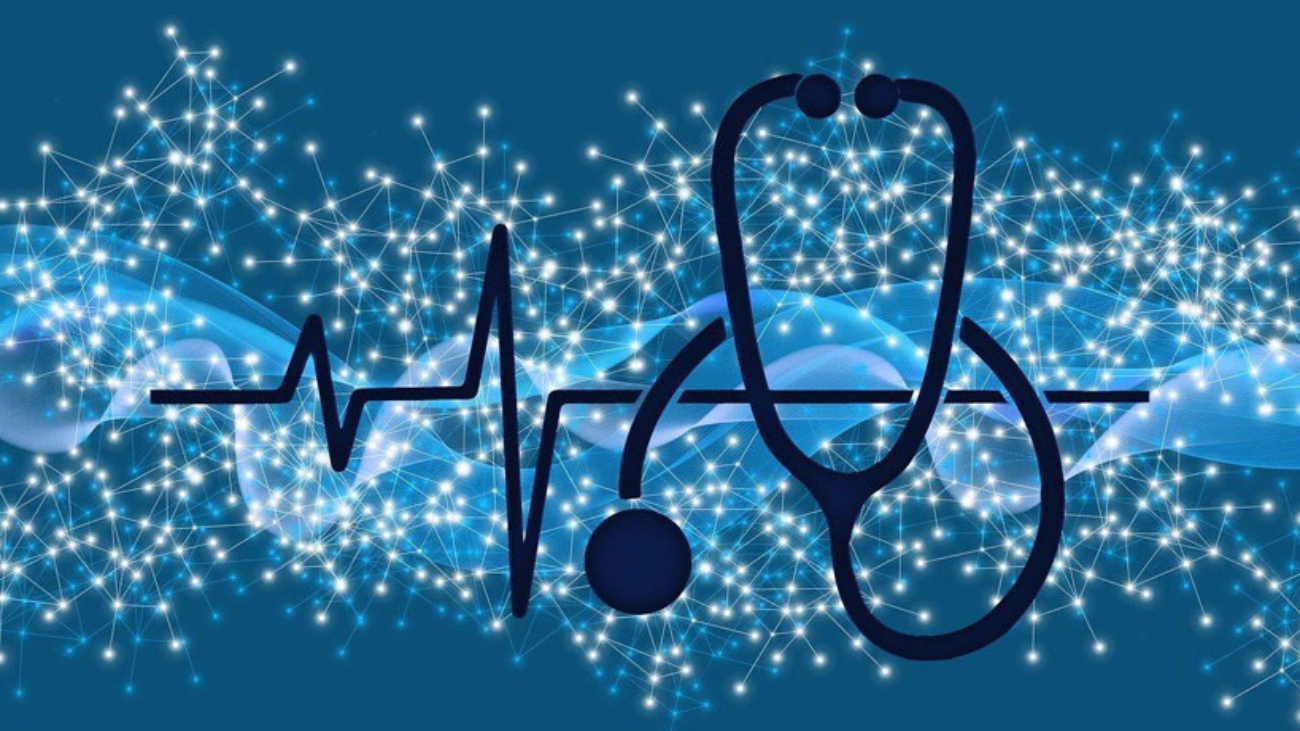Time is a determining factor in medicine, particularly in the diagnosis and treatment of medical conditions. Early diagnosis plays a critical role in saving lives, improving patient outcomes, and reducing healthcare costs. A key component of efficient healthcare delivery is the ability to diagnose medical conditions quickly and accurately, since doing so can mean the difference between life and death. This article explores the significance of early diagnosis in healthcare, the challenges associated with delayed diagnosis, and the strategies to enhance diagnostic speed and accuracy.
Early diagnosis is crucial for several reasons. First and foremost, it allows healthcare providers to initiate appropriate treatment promptly, preventing the progression of diseases and minimizing complications. For conditions such as heart attacks, strokes, and sepsis, early diagnosis is essential to prevent irreversible damage to vital organs and tissues. Early detection of cancer can significantly improve survival rates by enabling early intervention and treatment.
Moreover, early diagnosis can alleviate patient anxiety and uncertainty by providing clarity about their condition and treatment options. It can also reduce the burden on healthcare systems by streamlining patient flow, optimizing resource allocation, and reducing unnecessary tests and procedures.
Despite the importance of early diagnosis, healthcare systems face several challenges that can lead to delays in diagnosis. One of the primary challenges is the complexity and variability of symptoms associated with many medical conditions. Symptoms may be nonspecific, overlapping with multiple conditions, making it challenging for healthcare providers to arrive at an accurate diagnosis quickly.
Furthermore, limited access to diagnostic tests, long wait times for specialist consultations, and inefficient communication among healthcare providers can contribute to delays in diagnosis. Inadequate training and knowledge gaps among healthcare professionals can also hinder early diagnosis, leading to missed or incorrect diagnoses.
Delayed diagnosis can have severe consequences for patients, including disease progression, increased morbidity and mortality, and higher healthcare costs. Patients with undiagnosed or misdiagnosed conditions may experience unnecessary suffering, complications, and reduced quality of life. Delayed diagnosis can also erode patient trust in the healthcare system and result in legal repercussions for healthcare providers.
From a public health perspective, delayed diagnosis can contribute to the spread of infectious diseases, increase healthcare expenditures, and strain healthcare resources. It can also lead to overutilization of healthcare services, unnecessary hospitalizations, and preventable adverse events.
To address the challenges associated with delayed diagnosis, healthcare systems must implement strategies to enhance diagnostic speed and accuracy. One key strategy is the adoption of advanced diagnostic technologies, such as imaging modalities, laboratory tests, and molecular diagnostics. These technologies can provide rapid and precise diagnostic information, enabling healthcare providers to make informed decisions quickly.
Interdisciplinary collaboration among healthcare professionals is another critical strategy for enhancing diagnostic speed and accuracy. By fostering communication and teamwork among physicians, nurses, radiologists, pathologists, and other specialists, healthcare systems can streamline the diagnostic process, reduce errors, and improve patient outcomes.
Furthermore, continuous education and training programs for healthcare professionals can help enhance their diagnostic skills and knowledge. By staying abreast of the latest advancements in medical science and technology, healthcare providers can improve their ability to diagnose complex conditions accurately and efficiently.
Implementing electronic health records (EHRs) and telemedicine platforms can also facilitate early diagnosis by enabling seamless communication, information sharing, and remote consultations among healthcare providers. EHRs can centralize patient data, streamline diagnostic workflows, and enhance care coordination across different healthcare settings.
Early diagnosis is a cornerstone of effective healthcare delivery, playing a critical role in saving lives, improving patient outcomes, and reducing healthcare costs. By addressing the challenges associated with delayed diagnosis and implementing strategies to enhance diagnostic speed and accuracy, healthcare systems can optimize patient care, enhance clinical outcomes, and promote overall health and well-being. Embracing advanced diagnostic technologies, fostering interdisciplinary collaboration, investing in continuous education and training, and leveraging digital health solutions are essential steps toward achieving early diagnosis and ensuring better health outcomes for all.


Add a Comment